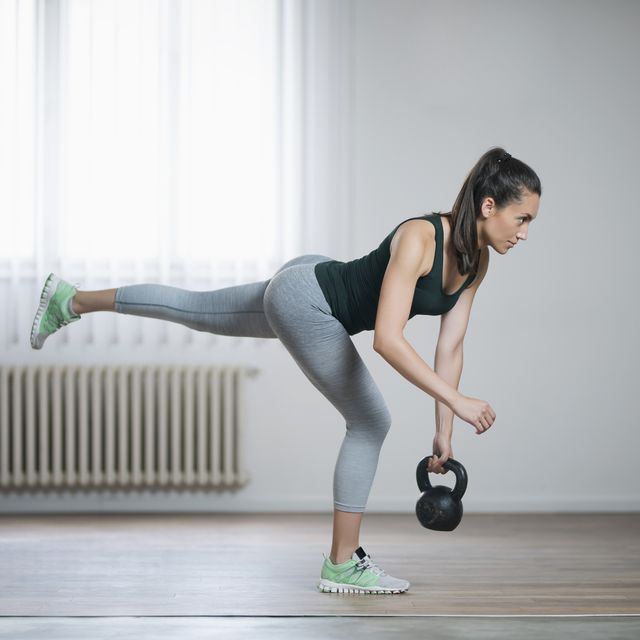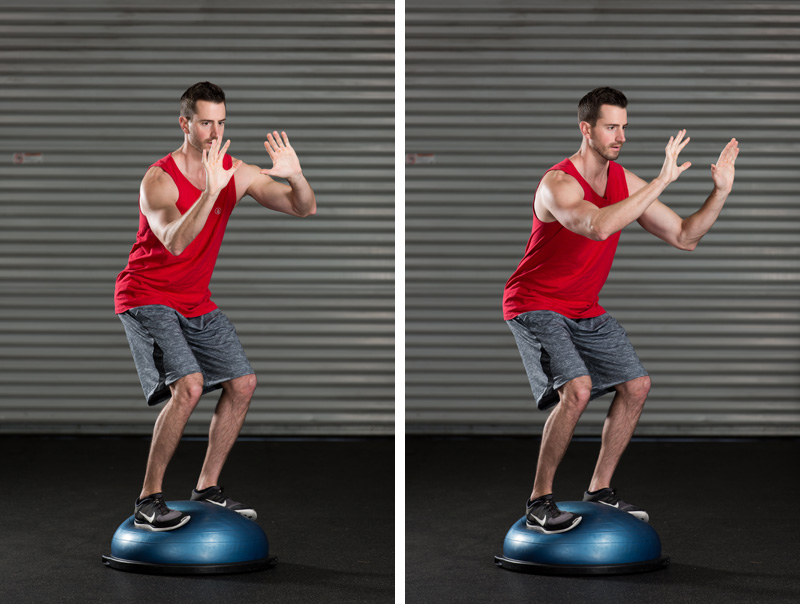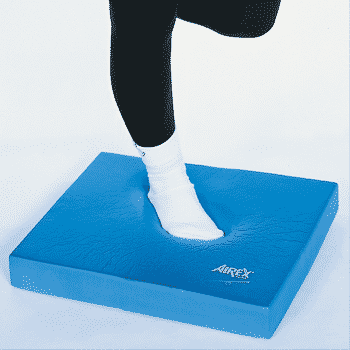Balance and Stability in Sports
Posted on October 24th, 2022 by Andries Lodder

These principles are important for almost all sporting movements whether it is kicking, throwing, using a racquet, running or even during a golf swing. If we have a stable base, we can produce more force, more efficiently and effectively. The more stable the base of the movement, the more force we can generate off this base. Generally more force means better performance. Having a more stable base of movement also means less force is ‘lost’ in the kinetic chain.
From an injury prevention perspective, it is simple, the more stable we are, the less prone we are to injury. For example, instability in the hips, often called a ‘trendelenberg sign’ changes the biomechanics of almost the whole body. It predisposes someone to: lower back pain, gluteal tendinopathy, trochanteric bursitis, ITB syndrome, patella-femoral pain syndrome, shin splints, tibialis posterior tendinopathy, plantar fasciopathy, among other conditions. The more stable the base of our movement, the more we can control the force throughout our body.

In older indviduals, who may or may not participate in sports as well, balance and stability is key to reducing your ‘fall risk’. As we get older, and our bones become more brittle, the risk of one falling is higher, and rate of breaking bones is significantly increased. Research shows that improving your balance and core stability allows one to live a healthier, safer life and complete their regular daily activities with less worry, and less risk of falling and getting injured.
For both athletes and more sedentary individuals, balance and stability can be trained using equipment such as airex mats, bosu balls, and doing specific movements unilaterally. Core stability is best trained with other movements, not simply doing crunches and planks for extended periods of time. It is vital to train along the kinetic chains on one’s body.

Tweet